What is the weight of active ETFs in the portfolios? Are investors still interested in active management? What is the role of active management and ETFs in investor portfolios in 2021?
What is the share of active ETFs in the portfolios?
ETF is not synonymous with passive management. Indeed, there are actively managed ETFs, that is to say ETFs which aim to outperform their benchmark index, unlike index-based ETFs. In 2021, more than half of new ETFs issued in the United States were actively managed ETFs. The first actively managed ETFs in the bond segment date from 2008, then from 2014 on the equity market. The share of active ETFs is still low in terms of outstandings, but flows are very dynamic. To put it in perspective, actively managed ETFs represent a very small portion of assets under management. In total, these active ETFs represent only 4% of outstanding ETFs worldwide, mainly in the United States. However, since the start of 2021, flows have accelerated and represent 10% of ETF flows worldwide, against less than 4% 5 years ago. Within bond ETFs, it is even almost 17% of 2021 flows and 10% of outstandings.
Does this mean that investors are still interested in active management?
The increase in flows to actively managed ETFs demonstrates a renewed interest in active management, especially if it is offered at an attractive cost. The willingness of investors to adopt this fund structure of active ETFs indicates that active management is evolving and that the appetite for non-passive strategies remains strong.
In addition, in 2021, in Europe, actively managed funds as a whole will regain the favor of investors. In fact, over the first ten months of 2021(1), active fund flows in Europe more than doubled compared to the whole of 2020 to reach € 547 billion. This increase is explained by the good performance of the financial markets despite the resurgence of volatility in September 2021. This represents 75% of total flows to mutual funds.
This rebound in active management flows comes after two years 2018 and 2019 marked by strong disaffection. During the two years preceding the Covid-19 crisis, investors had greatly favored passive management, which had reached a historical record in 2019 at € 185 billion. Interest in passive management continues to be sustained: at the end of October 2021, fundraising since the start of the year reached € 171bn and is therefore on the way to exceeding the 2019 record.
Why this renewed interest in active strategies and what consequences for portfolio construction?
The appetite for active management was re-energized by the Covid 19 crisis. Indeed, active strategies allow investors to benefit from the flexibility of managers to adapt to the changes linked to this crisis and to better navigate the markets. markets in uncertain times. Passive strategies on the other hand continue to attract investors who focus on costs, liquidity and innovation, with investors using ETFs as their core portfolio.
In conclusion, after a decade of bull market, the Covid 19 crisis has brought to the fore the differentiating role of each investment style. Both active and passive management styles have a role to play in optimizing portfolio performance. This is the reason why BSD Investing has developed a tool to better support investors in their choice.
Marlene Hassine Konqui



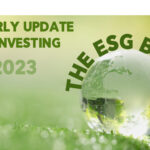
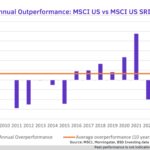




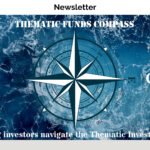
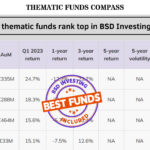
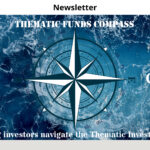

Leave a Reply
You must be logged in to post a comment.